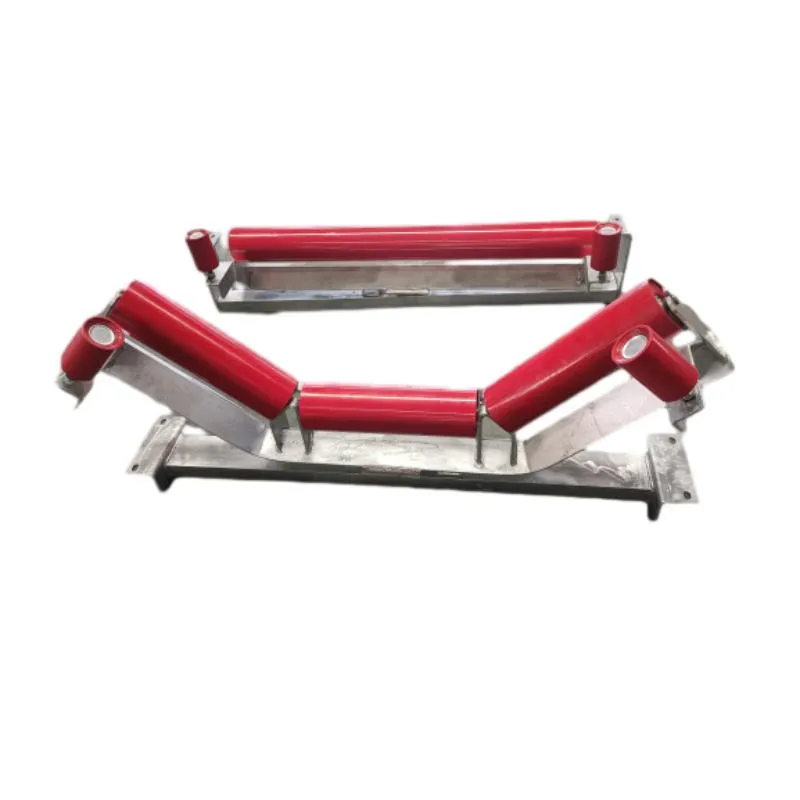 Afrikaans
Afrikaans  Albanian
Albanian  Amharic
Amharic  Arabic
Arabic  Armenian
Armenian  Azerbaijani
Azerbaijani  Basque
Basque  Belarusian
Belarusian  Bengali
Bengali  Bosnian
Bosnian  Bulgarian
Bulgarian  Catalan
Catalan  Cebuano
Cebuano  Corsican
Corsican  Croatian
Croatian  Czech
Czech  Danish
Danish  Dutch
Dutch  English
English  Esperanto
Esperanto  Estonian
Estonian  Finnish
Finnish  French
French  Frisian
Frisian  Galician
Galician  Georgian
Georgian  German
German  Greek
Greek  Gujarati
Gujarati  Haitian Creole
Haitian Creole  hausa
hausa  hawaiian
hawaiian  Hebrew
Hebrew  Hindi
Hindi  Miao
Miao  Hungarian
Hungarian  Icelandic
Icelandic  igbo
igbo  Indonesian
Indonesian  irish
irish  Italian
Italian  Japanese
Japanese  Javanese
Javanese  Kannada
Kannada  kazakh
kazakh  Khmer
Khmer  Rwandese
Rwandese  Korean
Korean  Kurdish
Kurdish  Kyrgyz
Kyrgyz  Lao
Lao  Latin
Latin  Latvian
Latvian  Lithuanian
Lithuanian  Luxembourgish
Luxembourgish  Macedonian
Macedonian  Malgashi
Malgashi  Malay
Malay  Malayalam
Malayalam  Maltese
Maltese  Maori
Maori  Marathi
Marathi  Mongolian
Mongolian  Myanmar
Myanmar  Nepali
Nepali  Norwegian
Norwegian  Norwegian
Norwegian  Occitan
Occitan  Pashto
Pashto  Persian
Persian  Polish
Polish  Portuguese
Portuguese  Punjabi
Punjabi  Romanian
Romanian  Russian
Russian  Samoan
Samoan  Scottish Gaelic
Scottish Gaelic  Serbian
Serbian  Sesotho
Sesotho  Shona
Shona  Sindhi
Sindhi  Sinhala
Sinhala  Slovak
Slovak  Slovenian
Slovenian  Somali
Somali  Spanish
Spanish  Sundanese
Sundanese  Swahili
Swahili  Swedish
Swedish  Tagalog
Tagalog  Tajik
Tajik  Tamil
Tamil  Tatar
Tatar  Telugu
Telugu  Thai
Thai  Turkish
Turkish  Turkmen
Turkmen  Ukrainian
Ukrainian  Urdu
Urdu  Uighur
Uighur  Uzbek
Uzbek  Vietnamese
Vietnamese  Welsh
Welsh  Bantu
Bantu  Yiddish
Yiddish  Yoruba
Yoruba  Zulu
Zulu feeder idler
Understanding Feeder Idlers in Conveyor Systems
Feeder idlers are crucial components of conveyor systems, particularly in industries where bulk materials are transported. These specialized idlers are designed to support and guide the feeder belt, ensuring that materials are loaded accurately and efficiently onto the main conveyor system. In essence, they play a pivotal role in maintaining the overall functionality and performance of material handling processes.
The primary function of feeder idlers is to facilitate the smooth transfer of materials from the feeding mechanism to the conveyor belt. They help in aligning the belt, thus preventing issues such as belt misalignment or slippage, which can lead to significant operational downtime and increased maintenance costs. By ensuring that the feeder belt remains taut and properly aligned, these idlers contribute to a seamless flow of materials, thereby enhancing productivity.
Feeder idlers come in various designs and sizes, tailored to meet specific operational requirements
. The selection of the right type of idler depends on several factors, including the type of material being conveyed, the width of the feeder belt, and the environmental conditions in which the system operates. Common materials used for manufacturing feeder idlers include steel and rubber, each offering unique benefits such as durability, corrosion resistance, and ease of maintenance.feeder idler

Moreover, the design of feeder idlers is ergonomically optimized to reduce wear and tear on the conveyor system. This is critical in environments where heavy and abrasive materials are frequently handled. With features such as self-aligning capabilities and low-friction bearings, feeder idlers can significantly extend the life of the conveyor belt, thereby reducing the frequency and cost of replacements.
In addition to their functional benefits, feeder idlers also contribute to safety in the workplace. By minimizing the risk of belt-related failures, they help create a safer working environment for operators and reduce the chances of accidents that can occur from material spillage or equipment malfunction.
In conclusion, feeder idlers are an integral part of conveyor systems, playing a vital role in material handling efficiency and safety. By supporting the feeder belt and ensuring proper alignment, these components help streamline operations, reduce maintenance costs, and enhance workplace safety, making them indispensable in various industries, from mining and agriculture to manufacturing and logistics. Understanding their importance can lead to improved operational strategies and equipment longevity.
-
Revolutionizing Conveyor Reliability with Advanced Rubber Lagging PulleysNewsJul.22,2025
-
Powering Precision and Durability with Expert Manufacturers of Conveyor ComponentsNewsJul.22,2025
-
Optimizing Conveyor Systems with Advanced Conveyor AccessoriesNewsJul.22,2025
-
Maximize Conveyor Efficiency with Quality Conveyor Idler PulleysNewsJul.22,2025
-
Future-Proof Your Conveyor System with High-Performance Polyurethane RollerNewsJul.22,2025
-
Driving Efficiency Forward with Quality Idlers and RollersNewsJul.22,2025





























